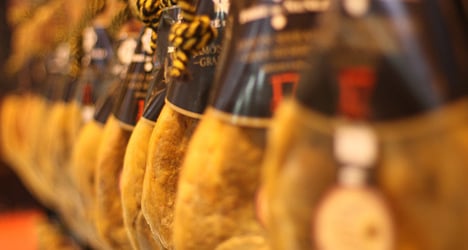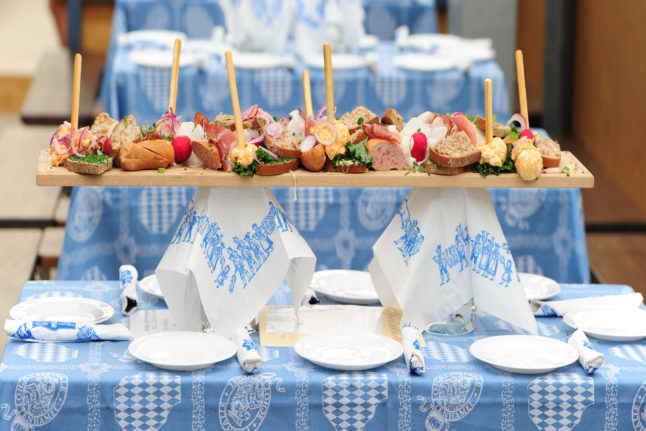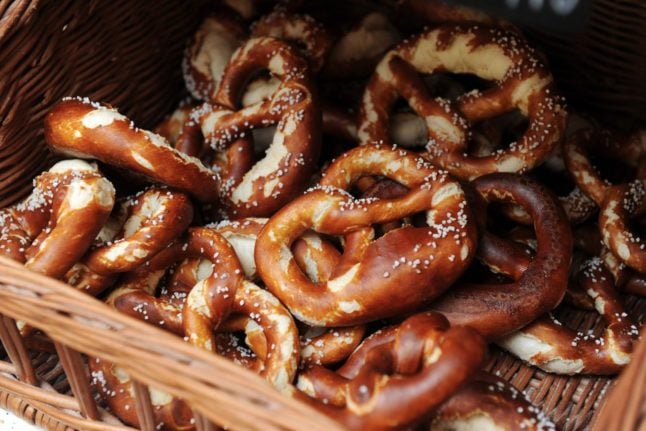Among the most sought-after hams in the world, the best quality Spanish cured ham is made from a pig of the purebred, black-hoofed indigenous 'iberico' race, which has been fattened on acorns as it wanders the meadows.
Once slaughtered, cured, and expertly sliced into nearly transparent slices, it is at the apex of international cuisine.
SEE ALSO: The Local's Guide to Spain's weirdest food
"Jamon iberico is a star produce of Spanish gastronomy. It is the flagship," Agriculture Minister Miguel Arias Cañete told a news conference.
But the rules were "enormously confused", leaving consumers in Spain and abroad puzzled about what they were buying, he said after a meeting of ministers approved the reform.
Under the new rules, labels must tell shoppers if the product came from a pig that was 100 percent iberico or of a lesser percentage, depending solely on verified breeding records.
The number of categories of jamon iberico was sliced from four to three: "bellota (acorn)" for a pig fattened on acorns in open fields; "cebo de campo" (field feed) for a pig fattened in open fields on natural grazing and fodder; and "cebo (feed)" for a pig raised in a feeding pen.
The best pigs are fed exclusively on acorns over the winter, a diet that gives the fat a unique, sweet flavour.
Cured ham made from Iberian black pigs can cost over 100 euros ($130) per kilo and as much as 4,000 euros for a whole leg of ham that has been slowly cured for over seven years.
The new reform introduces a colour-coded system for labels: black for 100-percent iberico pigs raised on acorns; red for mixed race iberico pigs fattened on acorns; green for those raised in the open on other feeds; and white for those fattened in a feeding pen.
Among the new quality controls, legs of iberico cured ham below a certain weight were barred for sale, checks on the period of time a ham is cured were tightened and minimum space requirements were set for live pigs raised in fields or feeding pens.
Due to Spain's economic downturn farmers reduced their herds of iberico race pigs from four million three years ago to just two and a half million in 2013.





 Please whitelist us to continue reading.
Please whitelist us to continue reading.
Member comments